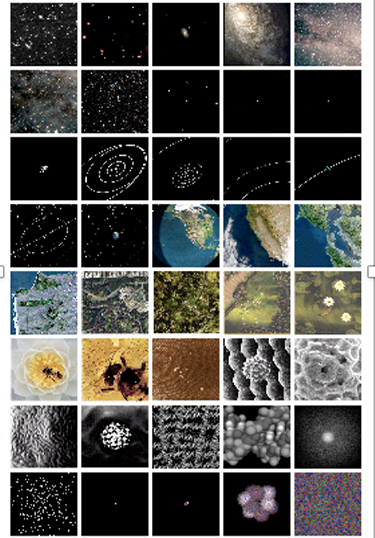
Walking into nature opens a new consciousness. It moves our thinking out of ourselves into synaptic connections with what we see, hear, feel, and touch. Nature may be in your backyard, on the school grounds, in a park, by a river or pond, or even by a lake or an ocean. It may be in a valley, on a mountaintop, in a desert, wetland, prairie, or forest.
Nature is the world that existed before humans evolved. It evolved over billions of years from elements that connected and formed cells and single-cell organisms, and then multicelled microorganisms in the water and on land. Watch the Powers of Ten and explore Universal Scale to see that design in nature is part of an extensive, interconnected system, full of life at the invisible, microscopic scale, and connected to human designs. Which scales are familiar to you? Which ones are completely new? Did any of them surprise you? Are you becoming curious?
You are part of this world and everything that exists in it. Connecting with Nature will connect you with life itself!
Become an explorer of the world!
Activity 1 – Prepare for Nature Journalling
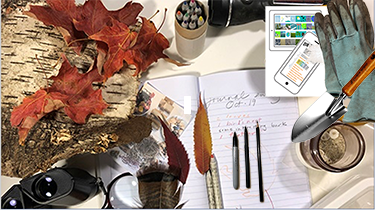
Prepare yourself for an outdoor exploration by taking a journal, a pen or pencil, a magnifying glass, a ruler, some sanitizing hand wipes, and a backpack. You can bring a trowel and a small box or jar to sample the soil and test it later. A ruler, string, or tape measure also comes in handy. Could you bring a camera or a cell phone to photograph your site? Don’t forget a water bottle and maybe a mat to sit on. Find a close park, river trail, or forest, and choose a place to sit, listen, look, observe, and record.
Take a photo of your Nature Journaling supplies and upload them to the gallery
Activity 2 – Step Out: LOOK DOWN!
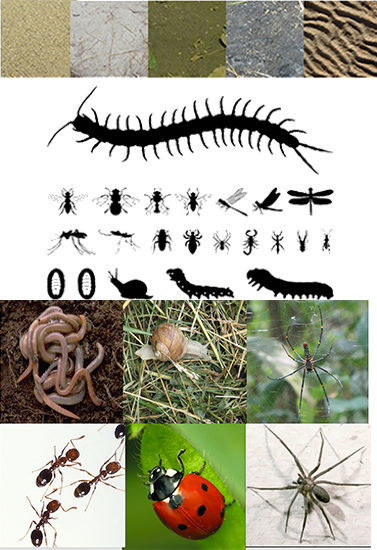
Just step outside, and the world awaits! Stop and look down. What are you standing on? Is it a human-made material, or is it a natural material? How does walking on concrete feel compared to walking on a trail in the forest? Take a closer look around. Is the ground wet, muddy, moist, or dry? Is it warm or cold to the touch? Is it sandy, silty, loamy, muddy, peatmoss, gravely, or rocky? Soil you see may be sand, clay, or topsoil. It may be compressed or have layers full of lifeforms at work. Sit on the ground and observe the busy life of the earth around you. Can you find insects, worms, bugs, or animals searching for food, making food, or eating from the ground? Make a drawing of the life in the soil you find. Identify all living things you see. Make a material rubbing.
Take a look at the Soil Journey and the Soil Organisms Worksheet to see how many producers, decomposers, predators, and consumers are where you are sitting. Look at NEXT.cc MICROBES Journey and Fungi Journey to learn more about life in the soil.
Become interested in careers that are possible just by looking down!!
Activity 3 – Examine Rocks
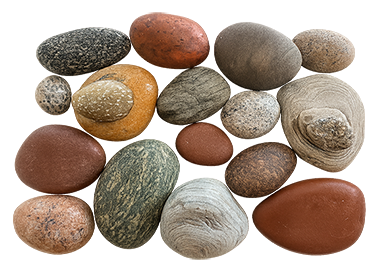
Rocks are our oldest ancestors. Looking for rocks takes locating them they are. Large to small, they carry the minerals and sediments of other materials as their DNA. A grain of sand is actually a tiny rock that has been worn down to a tiny size; sandstone is a sedimentary rock made of sand grains compacting together. Visit this interactive global sand map to find different rocks and sand grains on different beaches.
Activity 4 – Plants and Trees are our friends
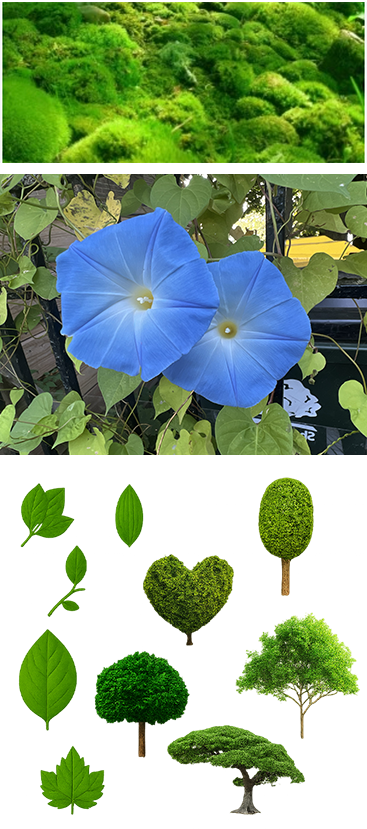
Plants and trees are amazingly diverse. They come in many sizes, shapes, colors, and textures. From lichen, moss, fungi, and flowers to sedges, grasses, stalks, shrubs, and trees, plants evolved over millions of years, covering Earth’s lands with deserts, tundra, prairies, grasslands, wetlands, and forests, accommodating diverse habitats for living all over the planet.
Plants help retain water, decompose waste, take in carbon dioxide, and give off oxygen to clean our air; the diversity of plants varies from biome to biome due to temperature range, moisture availability, temperature, sunshine or shade, and soil nutrition. Trees also provide wood for building homes and furniture.
Documenting the biodiversity of plants and trees in specific locations is a form of citizen scientist data collection that helps scientists understand the health of the area, as well as better understand the regenerative cycle of seeding, growing, blooming, multiplying, receding seasonally, and decaying before sprouting again. You may also encounter plants and trees that you do not know. Record them via drawings or photos to check if they are indigenous or invasive.
In the northern hemisphere, plants and trees that grow during spring and summer absorb carbon dioxide and give off oxygen. In fall and winter, when the deciduous plants die, their leaves provide nutrients for renewing topsoil. The colder months give off carbon dioxide until plants and trees return to life again in the spring.
What kind of plant are you?
Activity 5 – Look for Insects
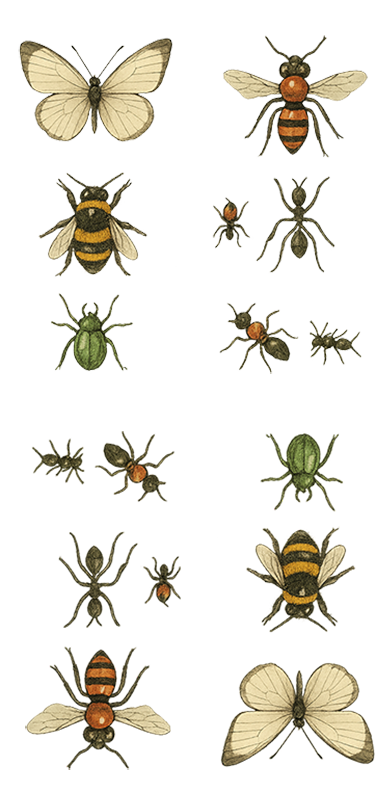
Insects are everywhere! There are more species of insects on the Earth than any other creatures. In fact, insects make up the largest percentage of living things in the world. Each one plays a role in the web of life. There are bees that buzz, flies that land, beetles that crawl, ants that march, moths that flap their wings, cicadas that sing, and mosquitoes that bite. Look around you. Look down and you will find many insects in the soil of the earth. Look out and you will see pollinators moving from flower to flower, spreading pollen to feed bees, regenerate plants, and feed the food chain. Insects come in endless shapes, sizes, and designs. Draw as many insects as you see and look up their names when you return home.
Insects serve as decomposers, creating paths underground. Insects serve as pollinators, helping to grow flowers, fruits, and feed other animals. All are members of the order Insecta. Insecta is derived from the Latin ‘insectuon’, which translates to “animal with a divided body. Insects have six legs and three body parts - head, thorax, and abdomen - covered with an outer exoskeleton. Their head has two antennae, compound eyes (eyes with multiple lenses), and a mouth. The legs attach to the thorax, and the abdomen is usually segmented. Insects also have different types of wings. Take a close look at EOL’s Bees cards to see differences in body parts. Insects are busy workers building shelters, communicating, pollinating, cycling nutrients, and providing food for fish, mammals, birds, and most other animals on Earth!
Activity 6 – Look for Animals
Look down, look out, and look up, and you will be amazed at the diversity of life around you. Animals are cautious around humans. Be calm and do not move, and you will be able to discover more native animals. Remember that there are vertebrate and invertebrate animal species. Draw or photograph the ones you see. Draw the ones that you would like to see!
Activity 8 – Nature and Design in Space
Explore Biophilic Design. How can people connect with Nature?
Review
Explore
- Aldo Leopold FOundation
- Bruno Liljefors Animal Artist
- Carl Rungius Animal Artist
- History of the Nature Journal
- How to start a Nature Journal
- iNaturalist
- John Muir Laws Nature Journaling
- Nature Journaling Course
- Nature Journaling John Muir Laws
- Richard Friese Animal Artist
- SPOTTERON APP
- WildWonder Nature Journaling
- Wilhelm Kuhnert Animal Artist
Relate
- Animals
- Bees
- Biodiversity
- Biophilia
- Birds
- Experience Design
- Flowers
- Forests
- FUNGI
- Grass
- Grasslands
- Habitats
- Insects
- Invertebrates
- Lines
- Listening
- Measure
- Nature
- Nature Journaling
- Nature Patterns
- Nature's Verbs
- Place Exploration
- Plants
- Rain Gardens
- Senses
- Sketchbook
- Sketching
- Soil
- Sound
- Soundscapes
- Tree Identification
- Vertebrates
- Visual Note Taking
- Wetlands



















































